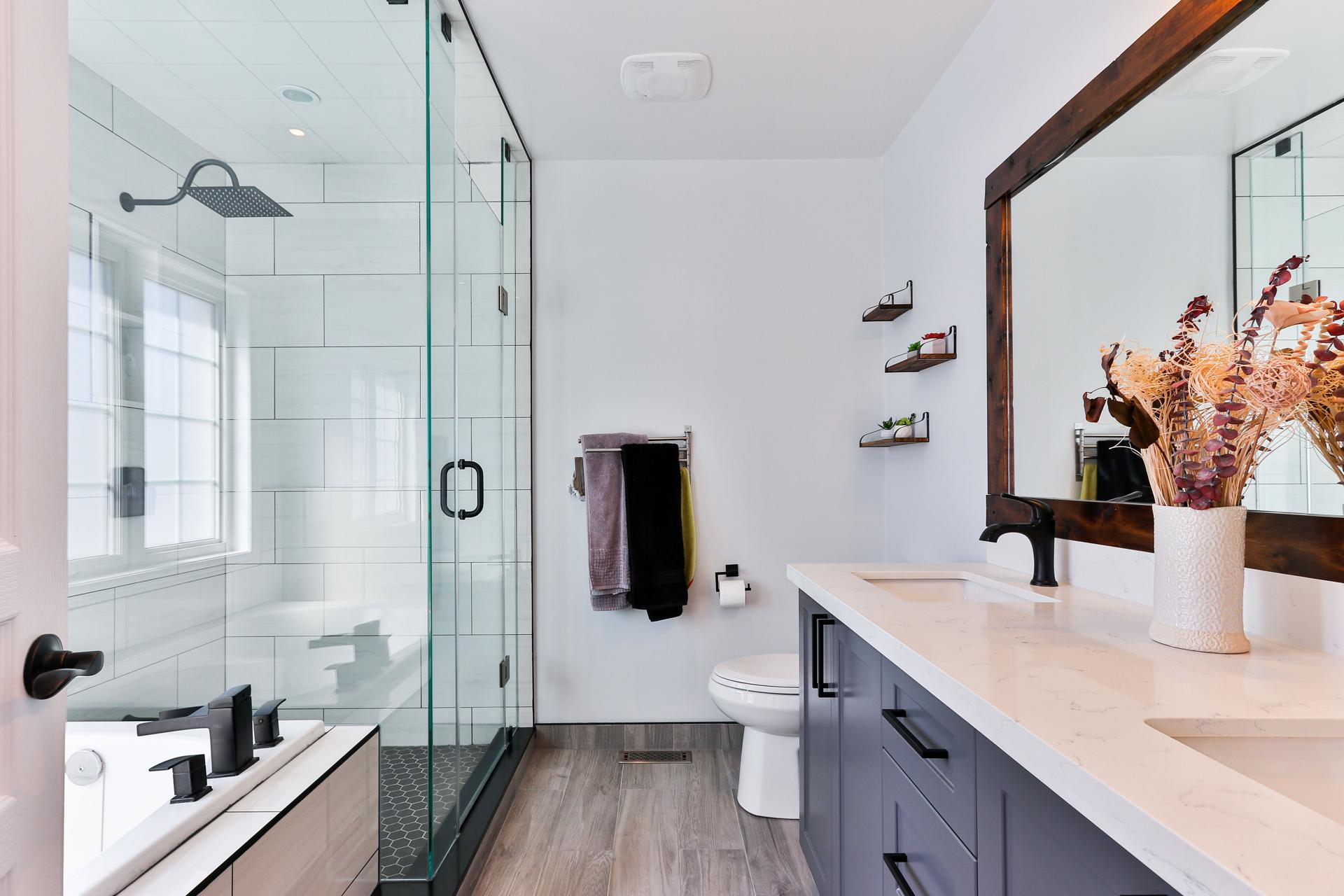Plumbing 101: Hot Water Systems: Understanding How it Works

Plumbing for hot water is an essential element of our daily lives. We depend on hot water for a variety of reasons including taking a bath, washing dishes as well as doing laundry. In this article, we’ll provide you with a basic understanding of the plumbing of hot water.
Hot Water Plumbing Basics
Hot water plumbing is the system that supplies hot water to various parts of a structure. It differs from cold water plumbing because it requires heating water prior to being distributed throughout the building. The primary components of a hot-water plumbing system include the water heater, pipes, fixtures, and valves. A water heater can be described as the primary element of a hot water plumbing system. It heats the water and stores it until it is needed. The pipes transport the warm water that is heated from the water heater to fixtures, like showers and faucets. Valves control the circulation of hot water while fixtures are used to distribute hot water to various areas in the construction.
Types of Hot Water Heaters
There are three main kinds of hot water heaters available on the market including tankless, storage tank, and heat pump water heaters. Tankless water heaters heat water on demand and do not conserve hot water. Storage tank water heaters keep hot water in a tank until they require. Water heaters with a heat pump use electric power to transmit heat through air or ground to heat the water. Every type of hot water heater comes with its advantages and disadvantages. Tankless water heaters are more energy-efficient and last longer however they are also more costly. Tank water heaters for storage are less costly, but they are less durable and are less energy-efficient. Heating water heaters using a heat pump are the most efficient in terms of energy consumption, but could not be suitable for climates with colder temperatures.
Maintenance of Hot Water Pipes
Regular maintenance is essential in order to make sure that the hot water system operates properly and efficiently. A few tips to maintain the hot water plumbing system include checking for leaks and flushing the tank or replacing anode rods. Checking for leaks is essential to prevent water damage and to ensure it is the case that your plumbing for hot water is not wasting water. Cleaning the tank gets rid of the mineral and sediment buildup which reduces the effectiveness in the performance of your water heater. The anode rod is designed to resist corrosion and must be replaced at least every few years.
Troubleshooting Hot Water Plumbing Issues
Common issues with hot water plumbing systems include a lack of hot or hot water or weak water pressure. If you notice a shortage or lack of hot water it may be caused by an inoperative heating element or a malfunctioning thermostat. Low water pressure can be caused by a clogged the valve or pipe. If you are experiencing any of these problems it is recommended you seek out a qualified plumber to identify and fix the issue.
Conclusion
Knowing the way that hot water plumbing functions is vital for ensuring your plumbing functions properly and efficiently. Routine maintenance as well as troubleshooting is crucial to avoid issues and extend the life span of your hot-water plumbing.
Hot Water Plumbing FAQ
How long can a hot water heater last?
The life span of hot water heaters varies on the type and model. On average, a storage tank water heater lasts between 8 and 12 years, while tankless water heaters could last as long as 20 years.
What can I do to determine whether my hot water heater needs to be replaced?
The signs that your hot water heater may need to be repaired include corrosion or rust around the tank’s tank, leaks or strange sounds, or a shortage of hot water. If you are experiencing any of these problems, it is recommended that you seek out a qualified plumber.
